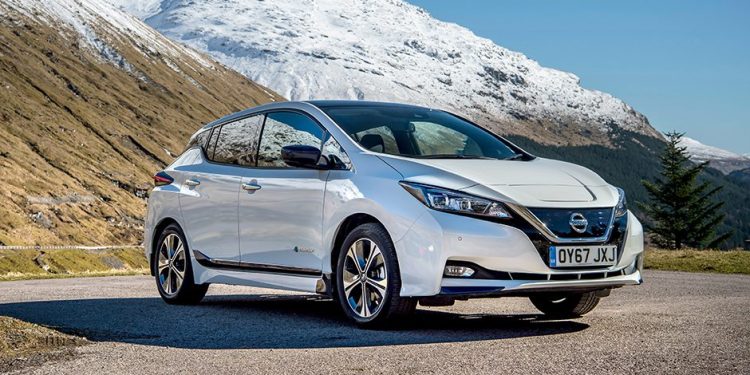EVs to be the same price as petrol cars by 2027, claims report
If infrastructure is the largest hurdle that electric vehicles have to climb before gaining mainstream acceptance, then the second largest hurdle is price.
While the price of electric vehicles is definitely trending downwards, they’re still much more expensive than equivalent petrol models. Even New Zealand’s cheapest EV, for example, the award-winning MG ZS EV, is about double the price of its ICE cousin.
Questions about just how long it will take EVs to be as cheap as traditional models linger, although a fresh study has tried to answer the question.
Conducted by BloombergNEF, a new study claims that ‘price parity’ between EVs and ICE models will hit in 2027, just some six years away, after tracking the trajectory of vehicle pricing in Europe.
According to the report, all mid-size vehicles will have an average price in Europe of €19,000 ($31,880), regardless of what engine sits under the bonnet. The same segments today host an average of €33,300 (EVs) and €18,600 (ICE), or $55,880 and $31,213 in Kiwi currency.
The report went a step further, plotting that EVs will actually become cheaper in Europe by the end of the decade; the mid-size segment’s average EV price further dropping to $27,350 by 2030, while ICE vehicles will average $33,390.
BloombergNEF states that part of the price flip is credited to how car manufacturers will have more production plants dedicated to EV production by this point, which will make the next-gen vehicles cheaper to produce due to economies of scale.
It’s also been noted that the price of batteries will have come down by then significantly, too. A separate report, commissioned by Transport & Environment in Europe, predicts that battery prices will drop by 58 per cent in the next decade.





